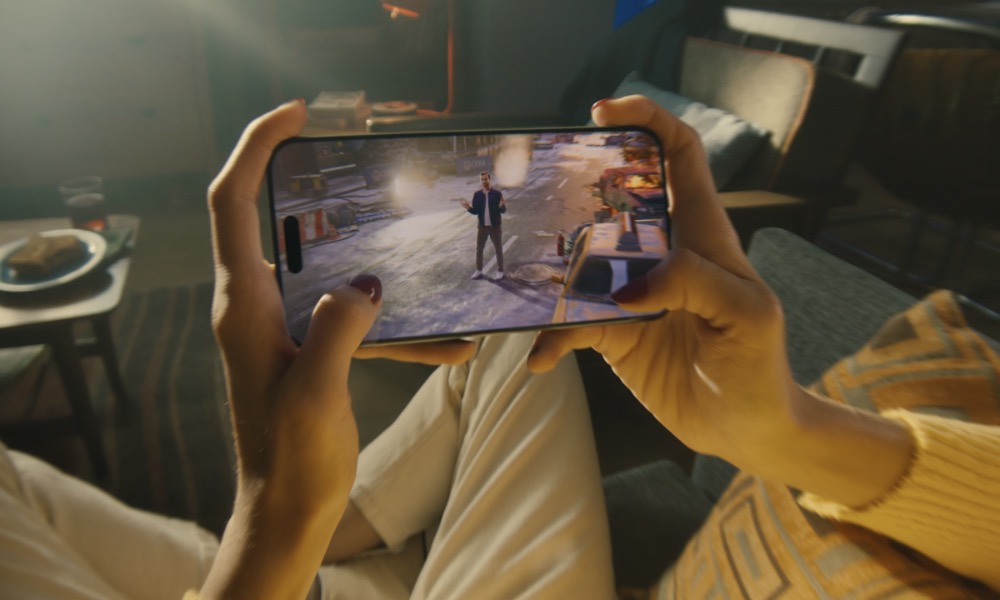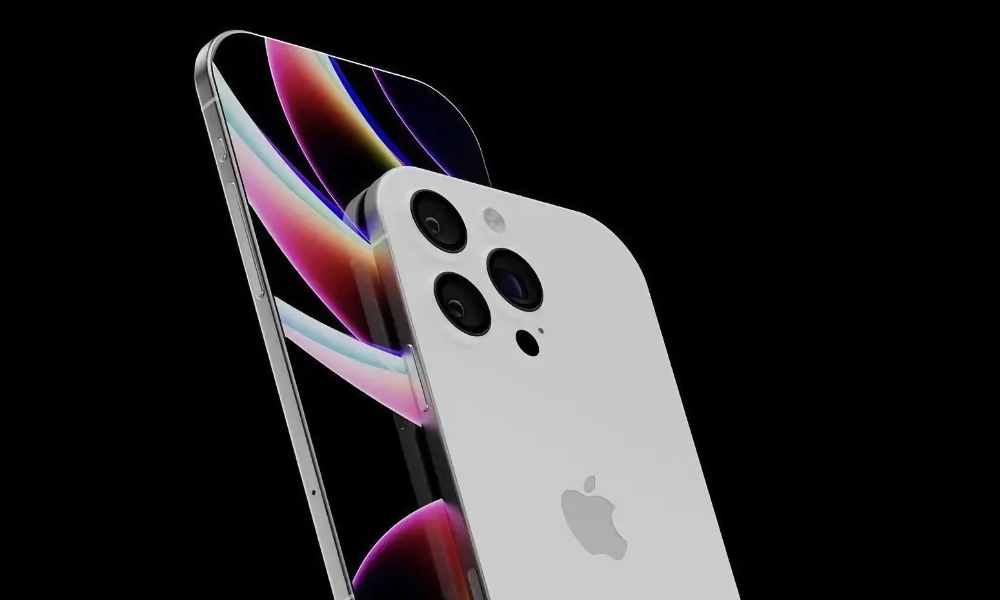Next Year’s iPhone 17 Lineup May Get 120Hz Displays Across the Board
 Credit: iPhone One Concept (Tech Lauv / Instagram)
Credit: iPhone One Concept (Tech Lauv / Instagram)
Toggle Dark Mode
As this year’s iPhone 16 models begin finding their way into eager customers’ hands, a new rumor suggests that next year’s standard iPhone 17 models may finally be in line to receive faster 120Hz displays.
Although we’ve heard this song before, this time it comes from display analyst Ross Young, who typically has a good read on what Apple is up to in the screen department. Young told MacRumors that Apple plans to expand its variable refresh rate ProMotion display technology to the entire lineup. This would provide smoother scrolling from a higher 120Hz refresh rate and open the possibility of an always-on display thanks to a lower refresh rate.
In addition to coming from a more reputable source, there’s another reason to think this report may finally be plausible. That’s because for next year’s non-pro models, “standard” might be a bit of a misnomer. The consensus is that Apple will be ditching the 6.7-inch iPhone Plus form factor in favor of a more premium “iPhone Slim” or “iPhone Air” that could end up being priced like a pro but specced like, well, something else entirely.
If Apple is going to try to produce a luxury iPhone that’s not an iPhone Pro, it will need to find ways to make it worth the price tag beyond simply making it impossibly thin. A ProMotion display seems like an obvious first step, and the M4 iPad Pro has already demonstrated such a display can be incorporated into an ultra-slim form factor.
A discovery earlier this week that the iPhone 16 can now be restored wirelessly brought to mind rumors of a portless iPhone from a few years ago, hinting at another direction that the “iPhone 17 Air” could go in. Eliminating the USB-C port would allow Apple to create an even thinner iPhone than the 5.1mm M4 iPad Pro.
Of course, those aspects are all speculation at this point, but the notion of ProMotion displays seems solid, and many would argue that it’s overdue. While Apple could opt to use the better display solely in the pricier “iPhone Air,” that would make the standard iPhone 17 feel like even more of an outlier.

For years, many pundits have criticized Apple for its stubborn refusal to go with faster refresh rates on the standard iPhone models. That’s not an unfair take since it’s pretty rare to find even cheaper Android phones that don’t have at least a 90Hz display, and even that’s being outpaced by 120Hz screens for all. Google’s popular $500 Pixel 8a took that up to a full 120Hz this year, and Samsung’s A-series mid-rangers have offered 120Hz displays for three years now on phones that are half the price of even the most affordable iPhone 16.
Of course, those lower-end Android phones don’t offer the power and performance of Apple’s iPhones, but that also means it’s not hard to find 120Hz or better screens on those models that do.
It’s fair to say that Apple is overdue for a plunge into faster displays, and it’s a bit bewildering that it didn’t do so this year. While Apple primarily touted its new A18 chip for Apple Intelligence, it also highlighted the ability to play AAA console games on the iPhone 16 and iPhone 16 Plus, despite the 60Hz fixed-rate display delivering a suboptimal gaming experience.
[The information provided in this article has NOT been confirmed by Apple and may be speculation. Provided details may not be factual. Take all rumors, tech or otherwise, with a grain of salt.]








